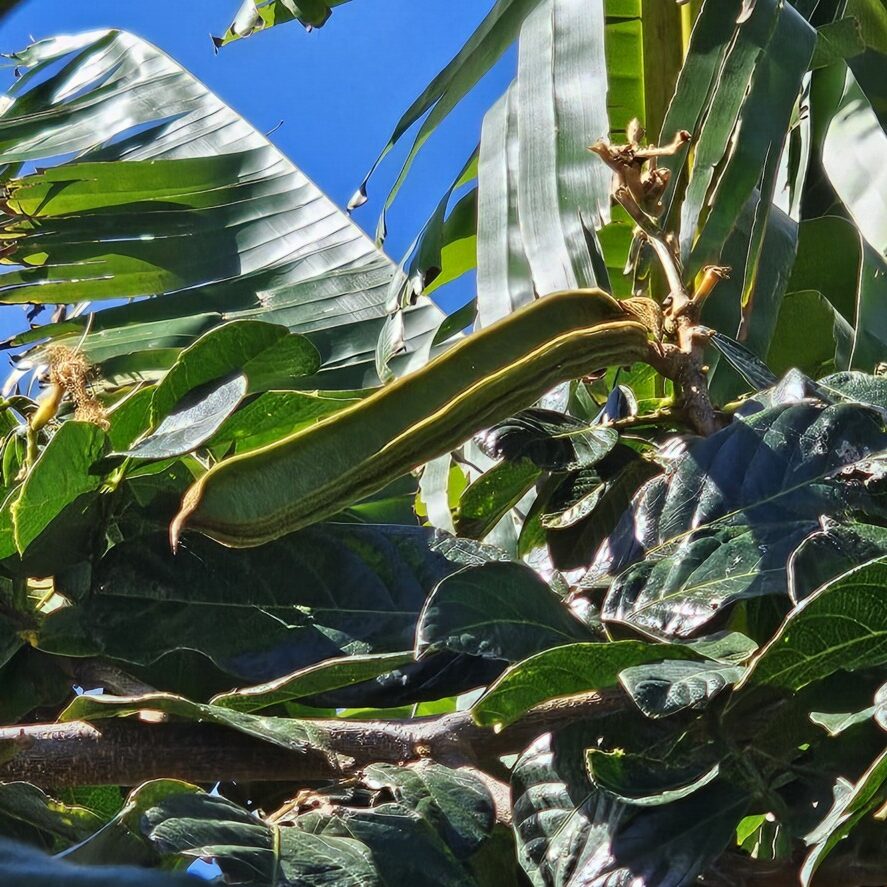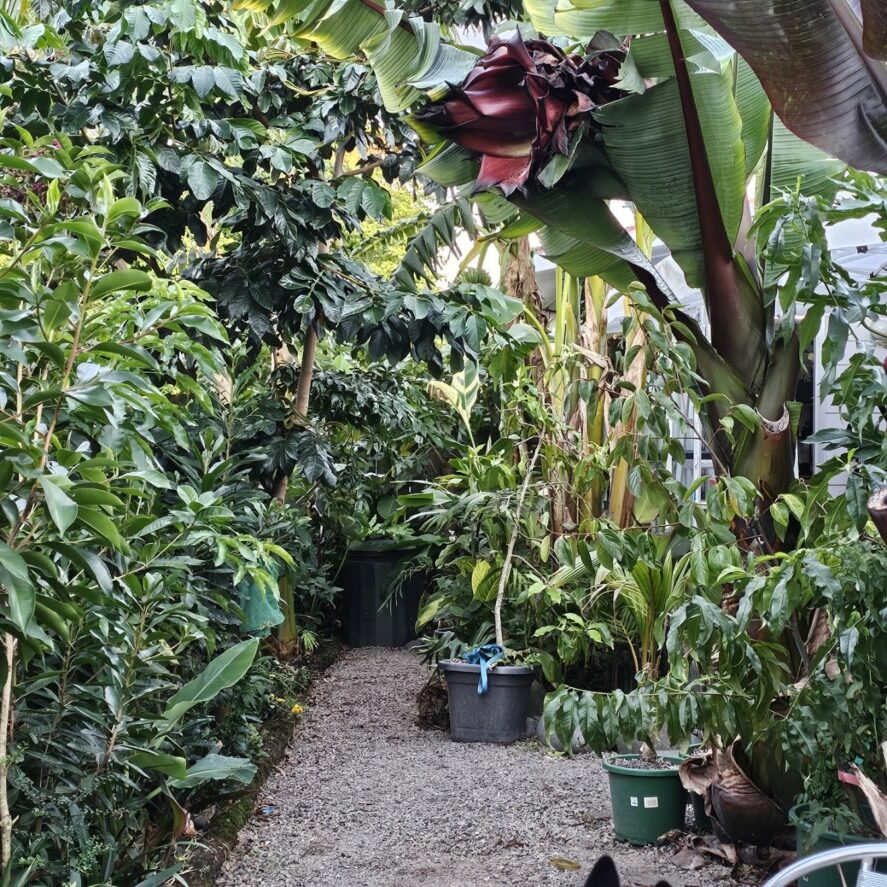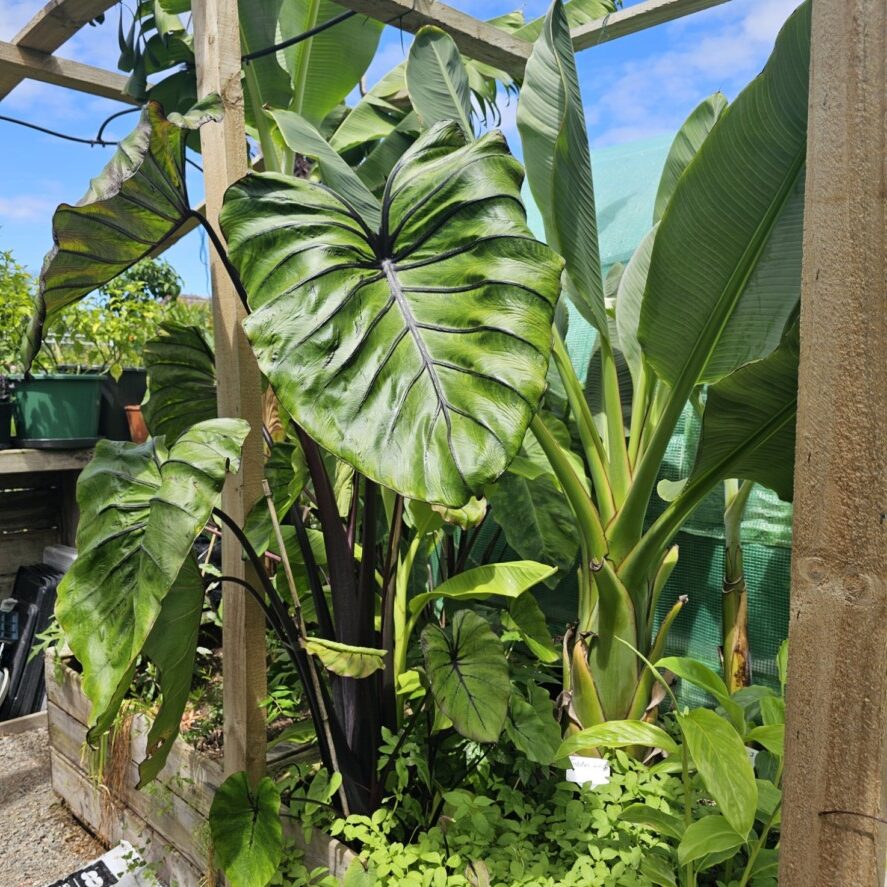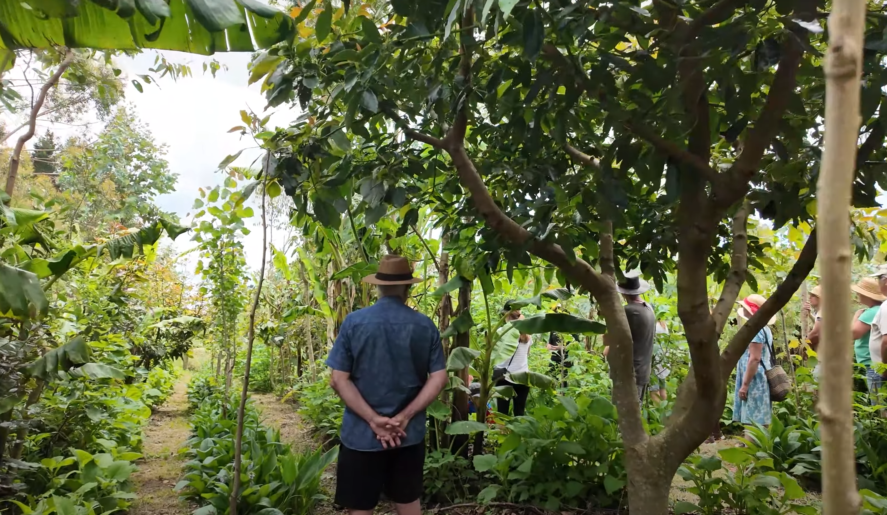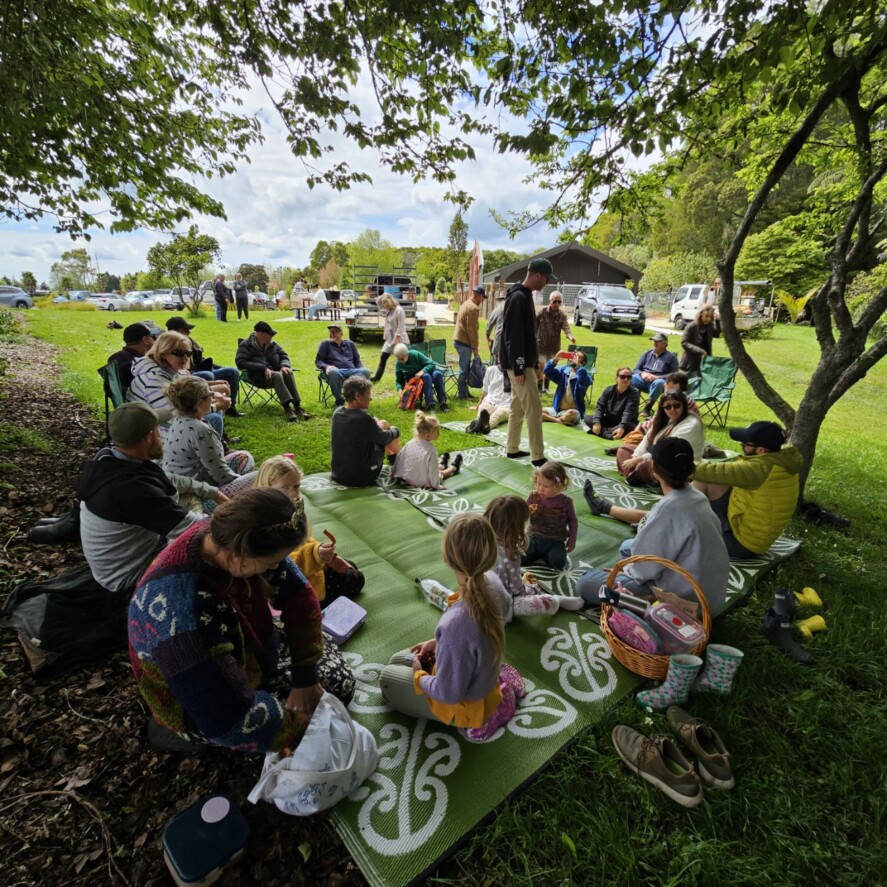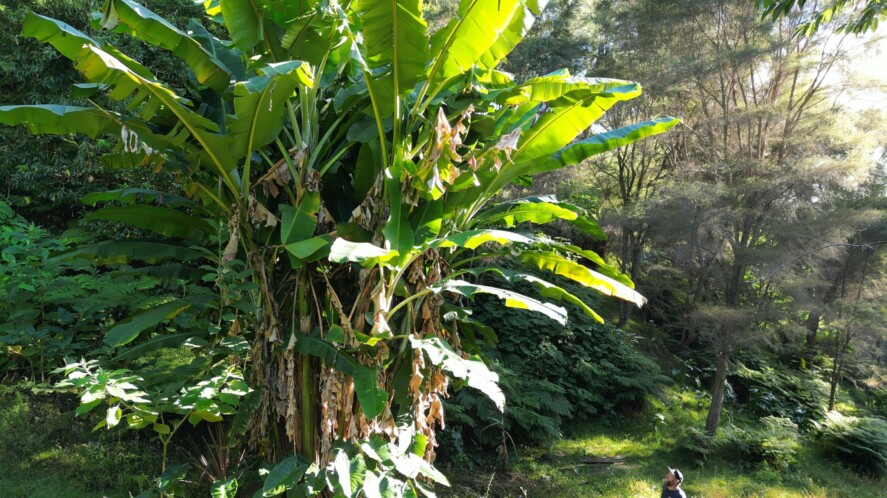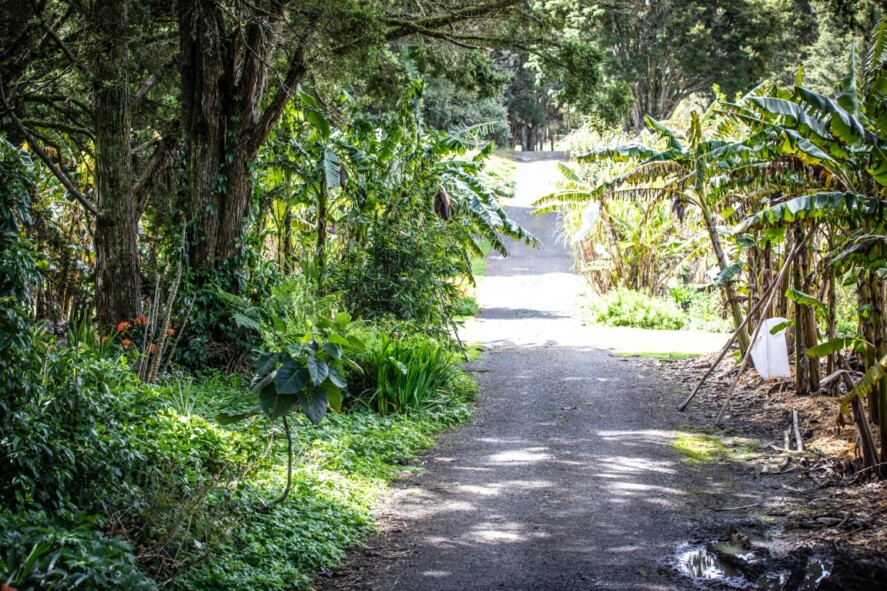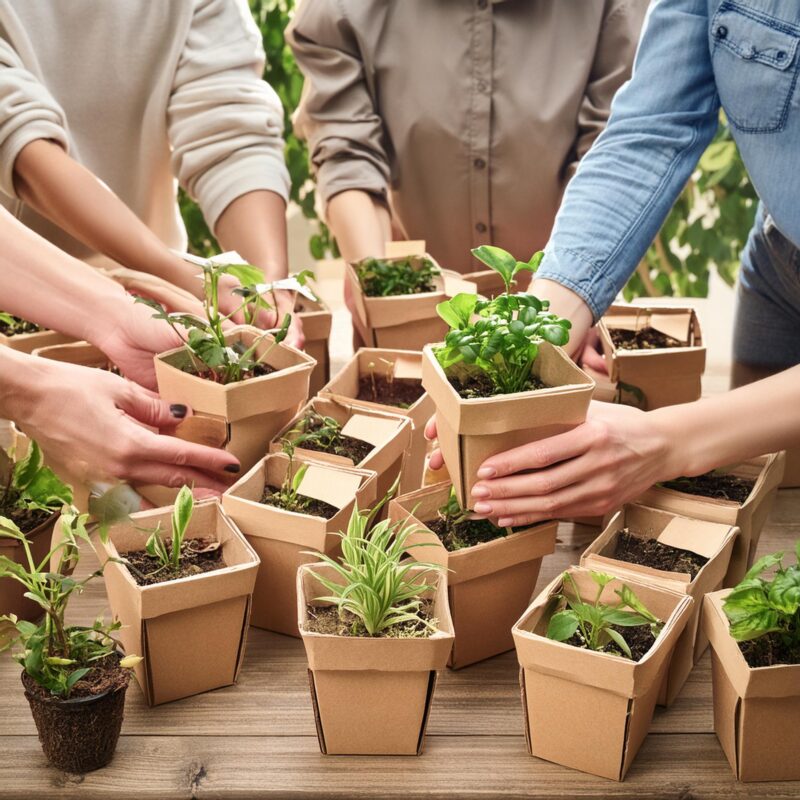Sorting Shelving & Preparing for Winter in Te Puke 🌱❄️
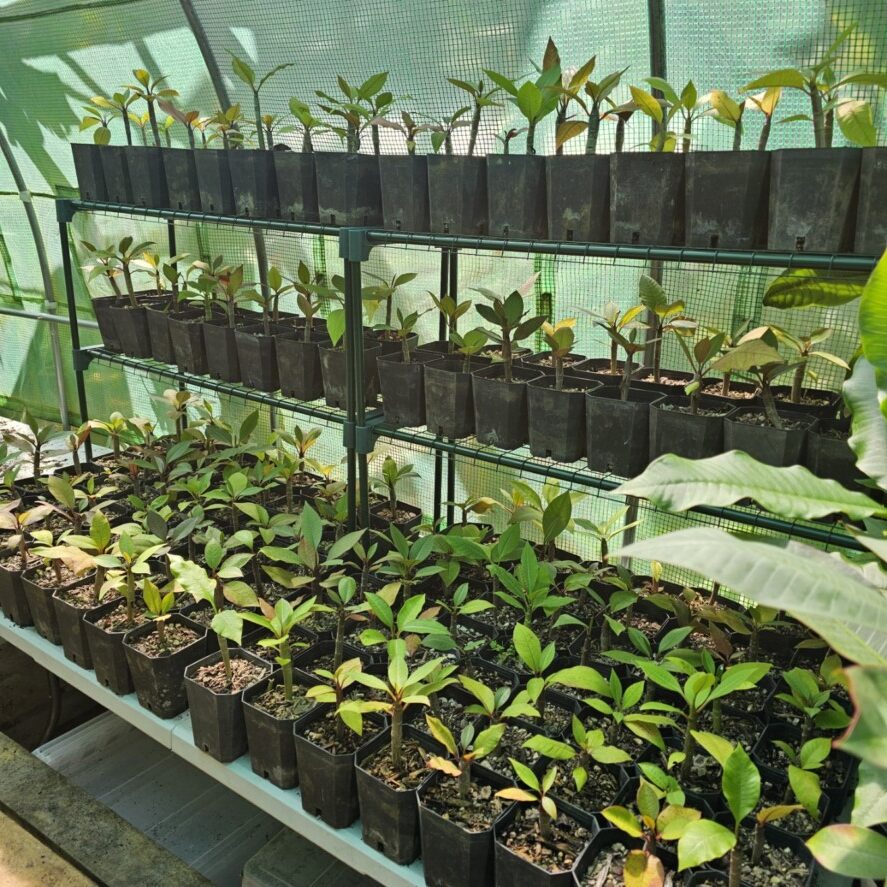
As the temperatures start to drop in the Bay of Plenty, it’s time to shift gears and prepare the plants for winter. While we don’t experience extreme frosts like some other regions, cooler nights, damp conditions, and occasional cold snaps can slow down growth and impact some of the more sensitive tropicals.
Today was all about sorting shelving, repositioning plants, and setting up protections to ensure everything we’ve worked so hard to grow makes it through the winter in top condition. This seasonal transition isn’t just about organization—it’s about maximizing warmth, airflow, and keeping everything healthy until spring rolls back around.
And what better way to do it than getting the kids involved in the process? Gardening isn’t just about plants—it’s an opportunity for learning, fun, and connecting with nature as a family.
Shelving Shuffle & Winter Plant Positioning
Rearranging shelving is a bit like a puzzle—every plant has different needs, and placement is key. Some need full exposure to winter sun, while others benefit from being tucked away from excess moisture. Here’s how I’ve been sorting things out:
🌵 Tequila Agave: Keeping It Dry & Happy
These spiky beauties love the sun and can handle cooler temperatures, but the real enemy is excess moisture. Wet roots in winter can quickly lead to rot, so I’ve moved them to a covered, well-ventilated area. Shelving them off the ground ensures any extra rain doesn’t pool around their base.
💡 Kid’s Job: Teach kids about succulents and cacti! Get them to check the soil moisture with their fingers and help move pots to dry spots.
🌺 Frangipani: Preparing for Dormancy
Frangipani is one of those plants that gracefully enters winter mode—dropping its leaves and slowing growth. This means it doesn’t need a ton of water, and like the Agave, it hates being too wet in the colder months. I’ve shifted them to a protected but airy space, ensuring they don’t sit in soggy conditions.
💡 Kid’s Job: A fun activity is collecting fallen leaves and learning about dormancy! Kids can also help move pots and gently water only when necessary.
🍏 Anonna (Cherimoya & Sugar Apple): Protection from Cold Snaps
Cherimoya and Sugar Apple are semi-tropical, meaning they can handle mild winters but don’t appreciate heavy frosts. In Te Puke, we get a few cold nights here and there, so these have been moved to a slightly warmer microclimate near a sheltered wall.
💡 Kid’s Job: Explain the concept of microclimates—get kids to feel different areas around the garden and compare temperatures! Let them help find the warmest spot for the plants.
🐉 Dragonfruit: Maximizing Warmth
Dragonfruit, being a tropical cactus, is a little tougher than it looks, but it still prefers warmer conditions. The key here is ensuring it gets as much light and warmth as possible. I’ve moved it to the highest shelving position so it gets maximum sun exposure throughout the day.
💡 Kid’s Job: Kids love climbing! Get them to help position pots on high shelves (safely, of course) and keep an eye on growth patterns.
Winterizing the Growing Spaces – Fun for the Kids!
Beyond just shelving, I’ve been making a few extra changes to prepare for winter, and there are plenty of hands-on tasks for kids to get involved in:
✅ Mulching & Soil Protection – A thick layer of mulch around the more delicate plants helps retain warmth and moisture balance. Kids can help spread mulch and learn about soil health.
✅ Fleece & Covering Cold-Sensitive Plants – Some of the most vulnerable plants will get a layer of frost cloth on particularly chilly nights. A great task for little hands!
✅ Checking Drainage & Airflow – Excess moisture and poor airflow can be a problem in winter, leading to rot and fungal issues. Sorting shelving and repositioning pots helps prevent stagnant air and keeps everything dry and well-ventilated. Kids can help by watering carefully and learning when plants actually need it.
✅ Tunnel & Greenhouse Adjustments – The grow tunnels are getting an extra layer of insulation where needed, ensuring the microclimate inside stays stable. Kids can help by closing up gaps, rolling down covers, and even decorating plant labels for winter tracking.
Why Getting Kids Involved in Gardening Matters
🌱 Teaches Responsibility – Taking care of plants shows kids the importance of patience and daily care.
🌱 Encourages Curiosity – Watching plants grow, go dormant, and thrive again is a great way to spark curiosity about nature.
🌱 Hands-On Learning – They learn about science, weather, soil, and plant biology while having fun outdoors.
🌱 Builds a Connection with Food & Nature – Teaching kids about edible plants like Cherimoya and Dragonfruit helps them appreciate where their food comes from.
Winter Gardening in Te Puke: What’s Next?
This is just the start of the winter prep—there’s still plenty to do! Over the next few weeks, I’ll be:
🌱 Adding more mulch and organic matter to improve soil health through the colder months.
🌱 Setting up heat-retaining barriers using stones and thermal mass to help maintain warmth in key areas.
🌱 Experimenting with low-tech winter protection methods, like using water barrels to store heat during the day and slowly release it at night.
🌱 Planning new plant additions and getting ready for spring propagation.
Even in the colder months, there’s always something to be done in the growing game. And getting the kids involved makes it even more rewarding!
How are you preparing for winter? What plants are you protecting this season? Are you involving your kids in the garden? Drop a comment below—I’d love to hear your winter gardening strategies!
🌿🌞 #TropicalGrowing #WinterPrep #TePukeGardening #RarePlants #KaiResilience #FoodForests #TequilaAgave #Frangipani #Anonna #Dragonfruit #GardeningWithKids #SustainableLiving #PlantCommunity #IndoorGrowing

